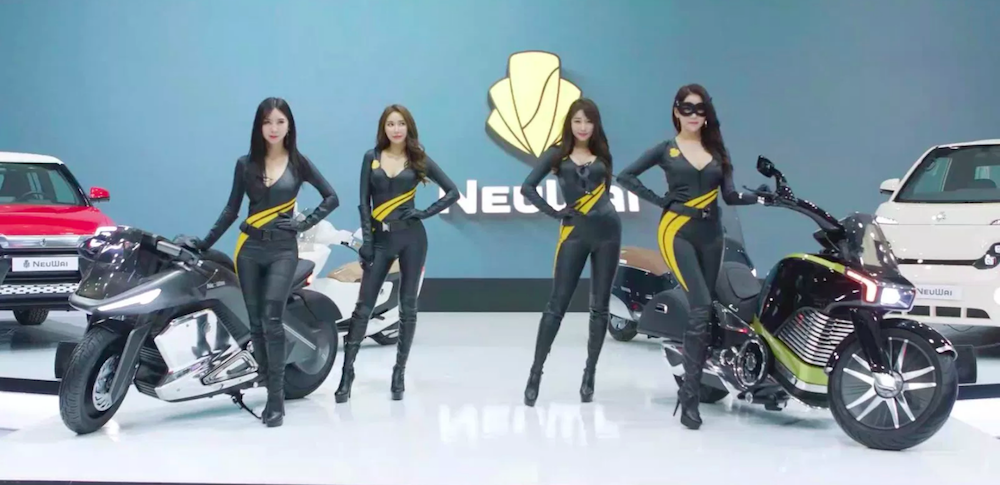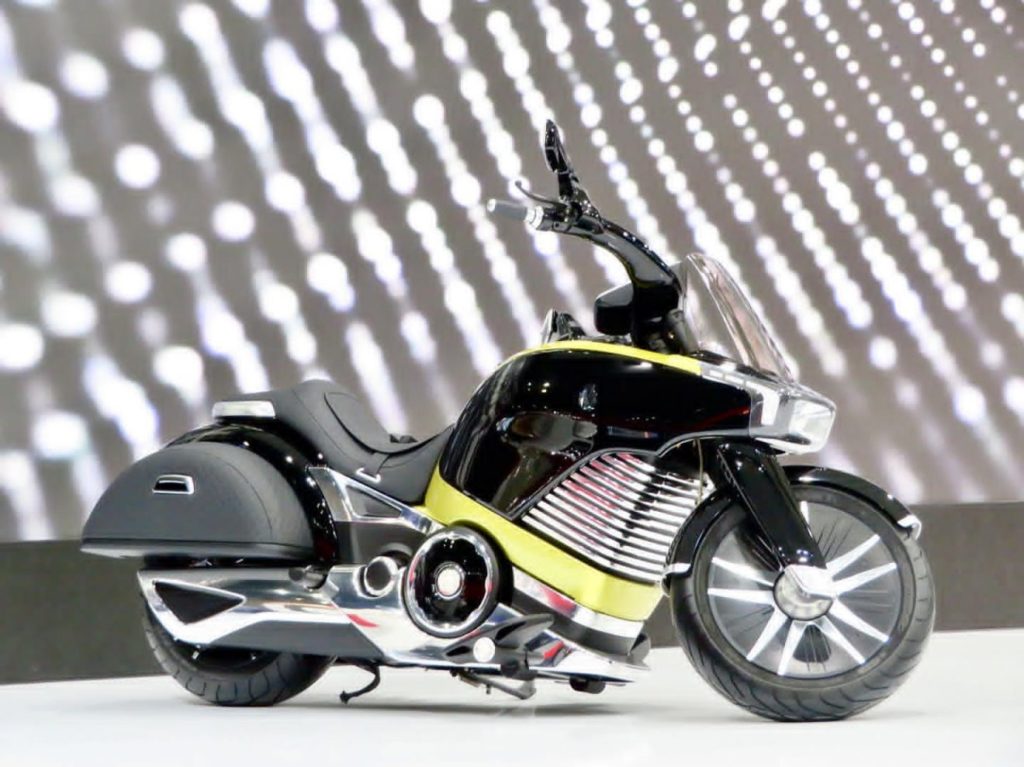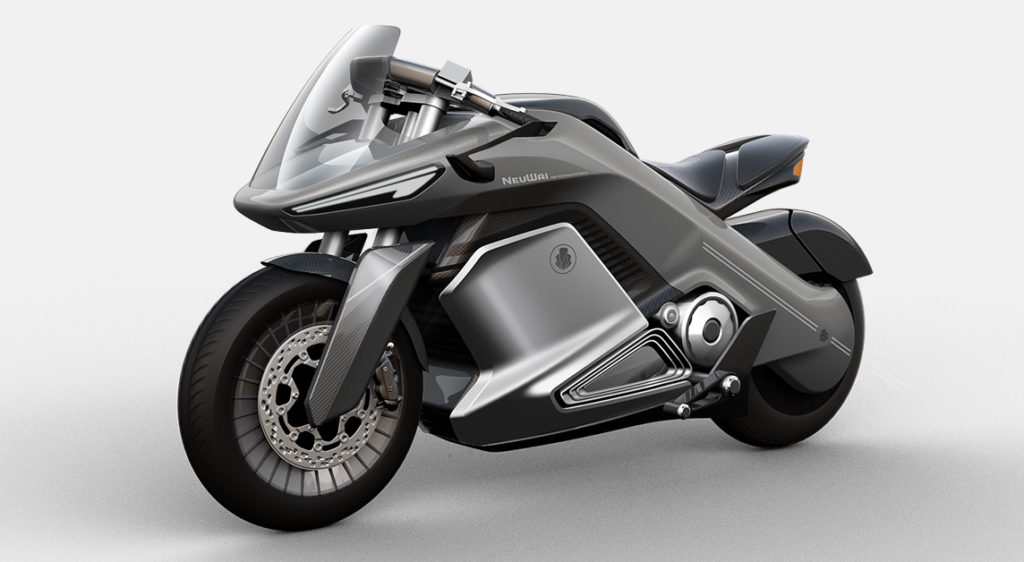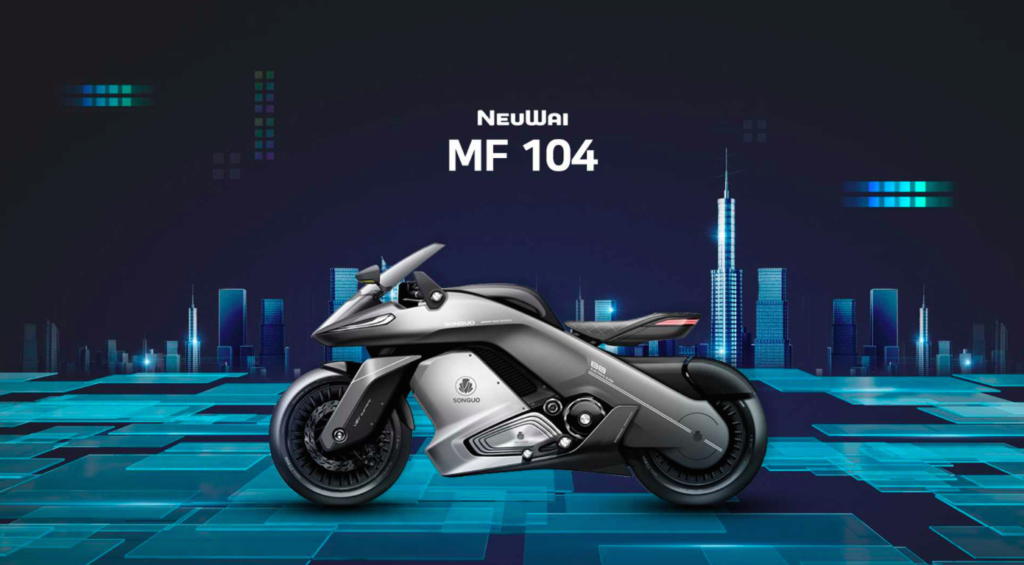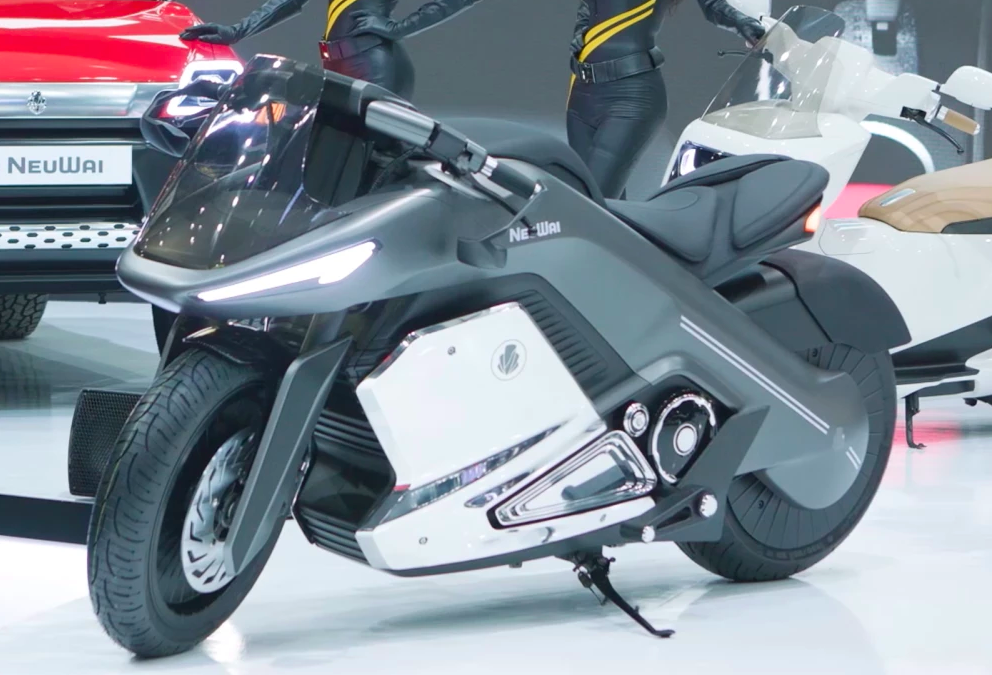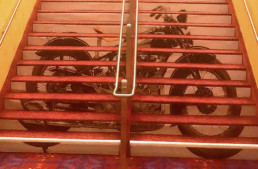Spanish Students Build Off-Road E-Racer
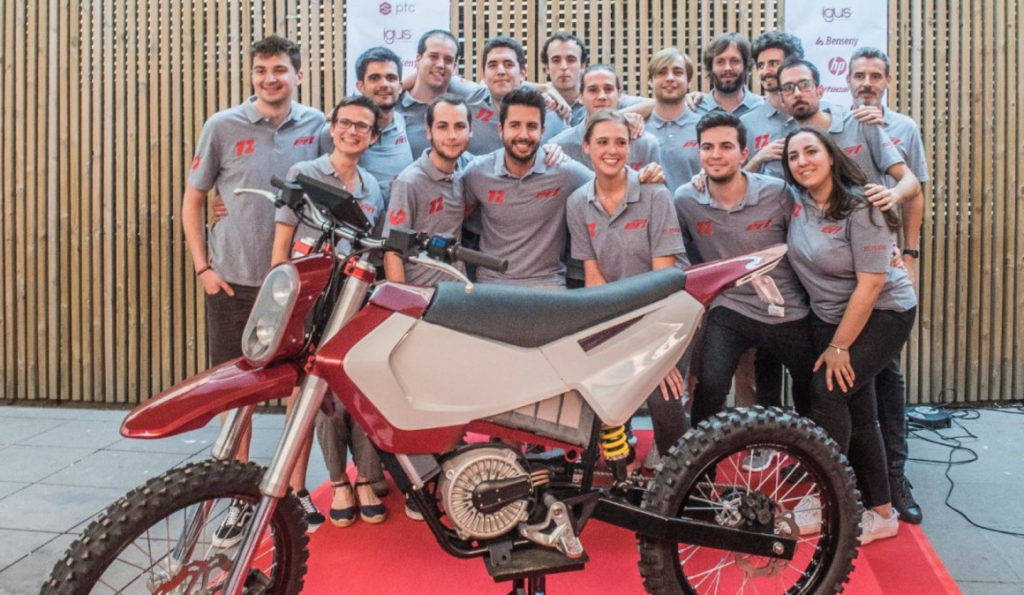
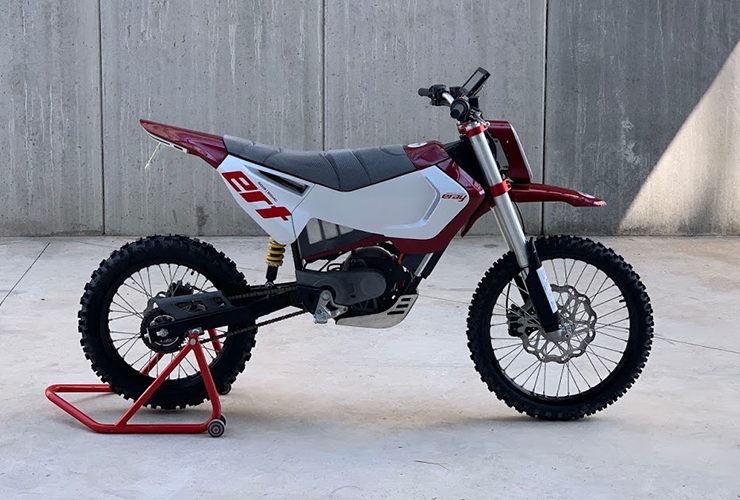
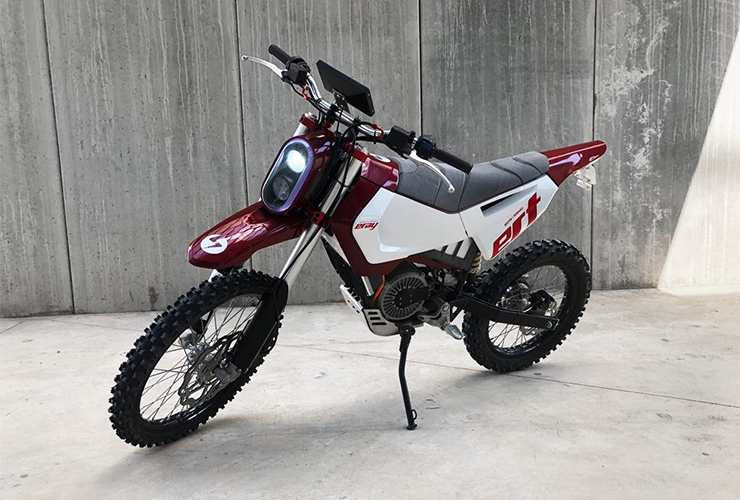
Curtiss Takes Aim At H-D With New eBike
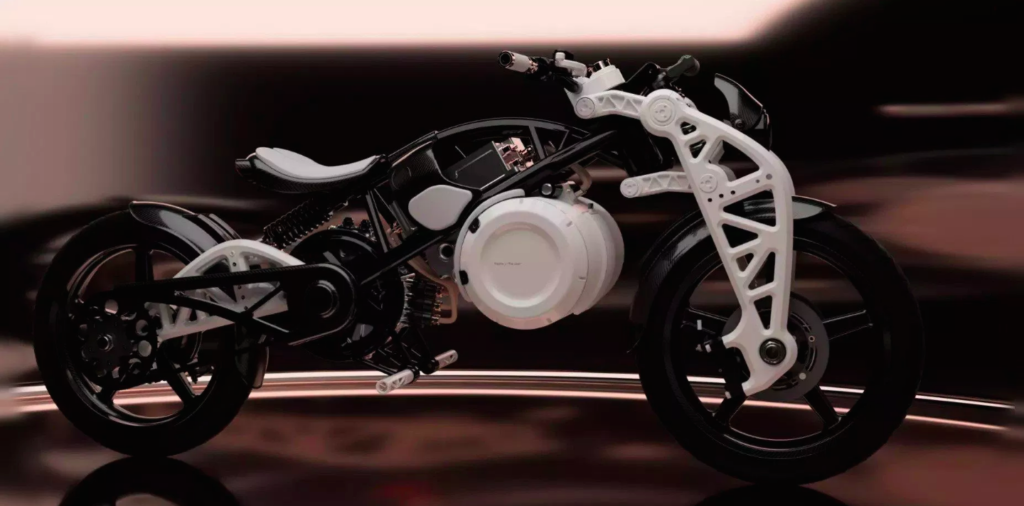
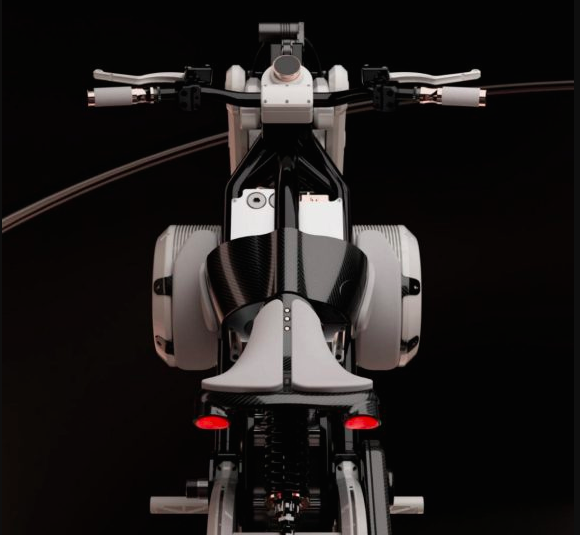
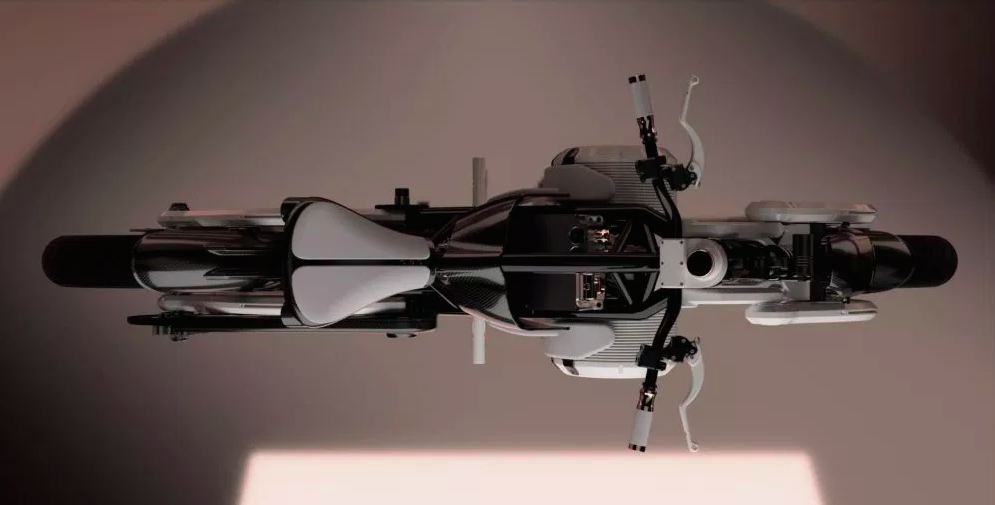
Malle Mile Festival Goes Electric
Over the weekend at the Malle Mile Festival in London, a fun new event was added to the lineup called the “Midnight Mile”. One of just eight events, the nighttime event consists of sprint races in the dark across a dirt course only lit via colored glowing orbs. The riders are also covered in glowing neon kit, giving the races a video-gamey feel, only furthered by the exclusive use of electric bikes. As electric motorcycles continue to become more prevalent, we’ll surely start seeing more and more grassroots electric race events and classes popping up, which is definitely a good thing.
Audi Enters The eScooter Game
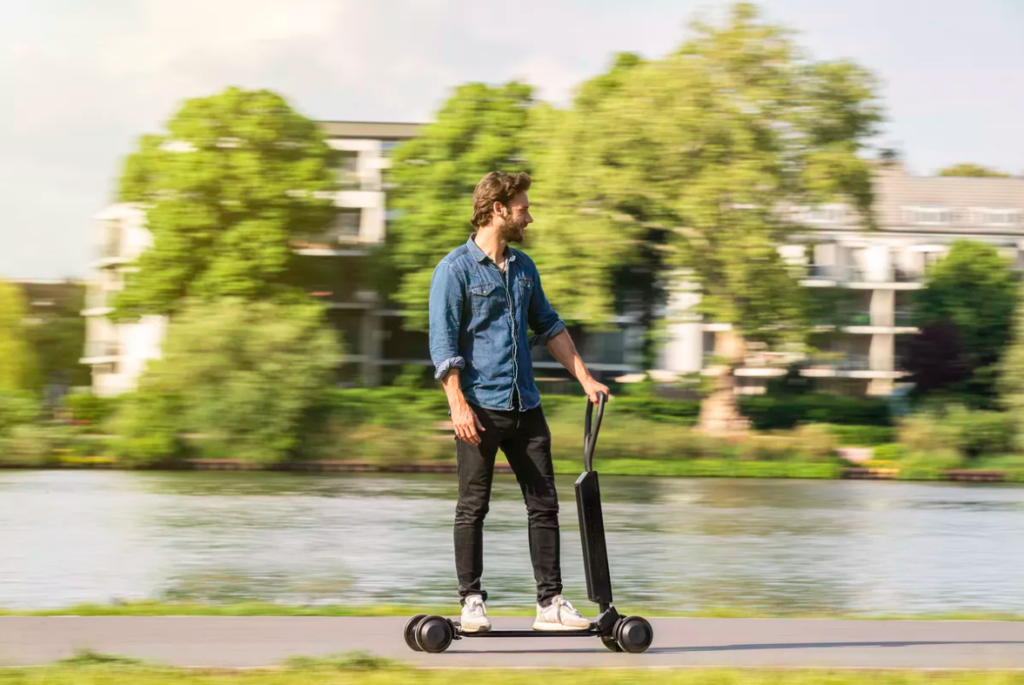
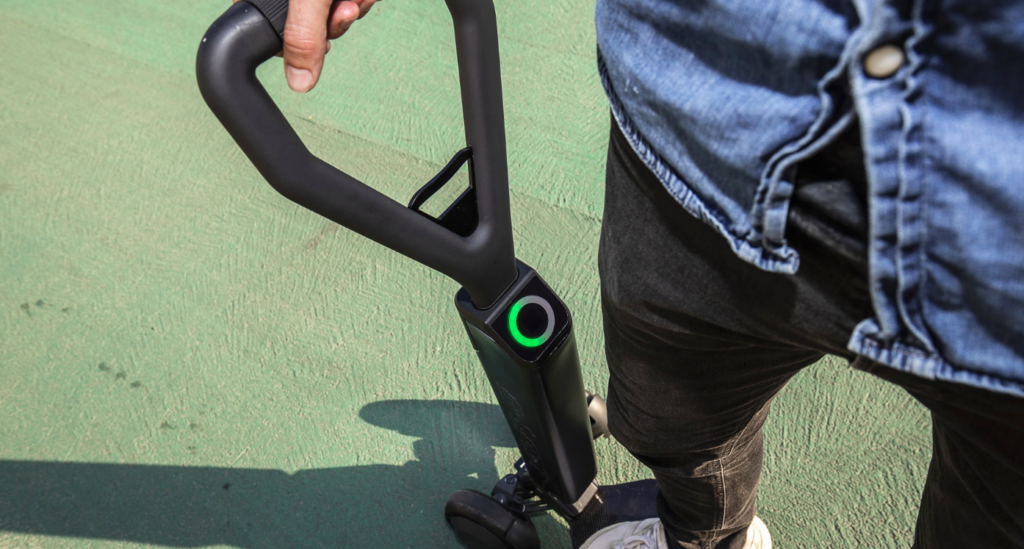
Bio-Hybrid Introduces New Micro-Vehicles
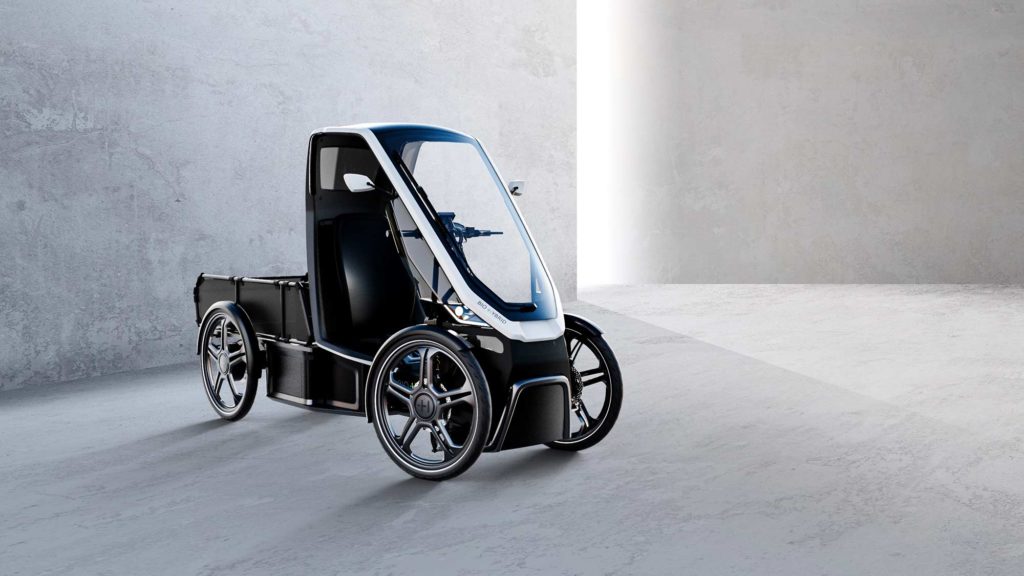

IndieGogo’s Ultra-Trick Pedal-Assist “Ultrabike”
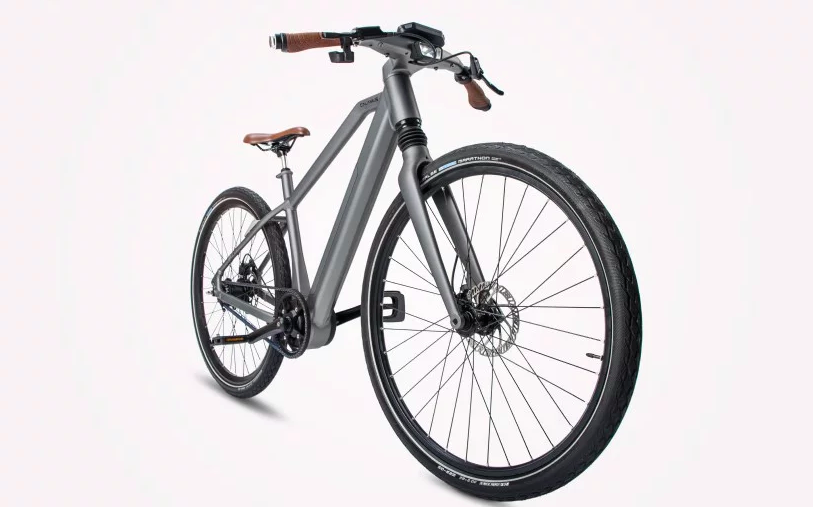
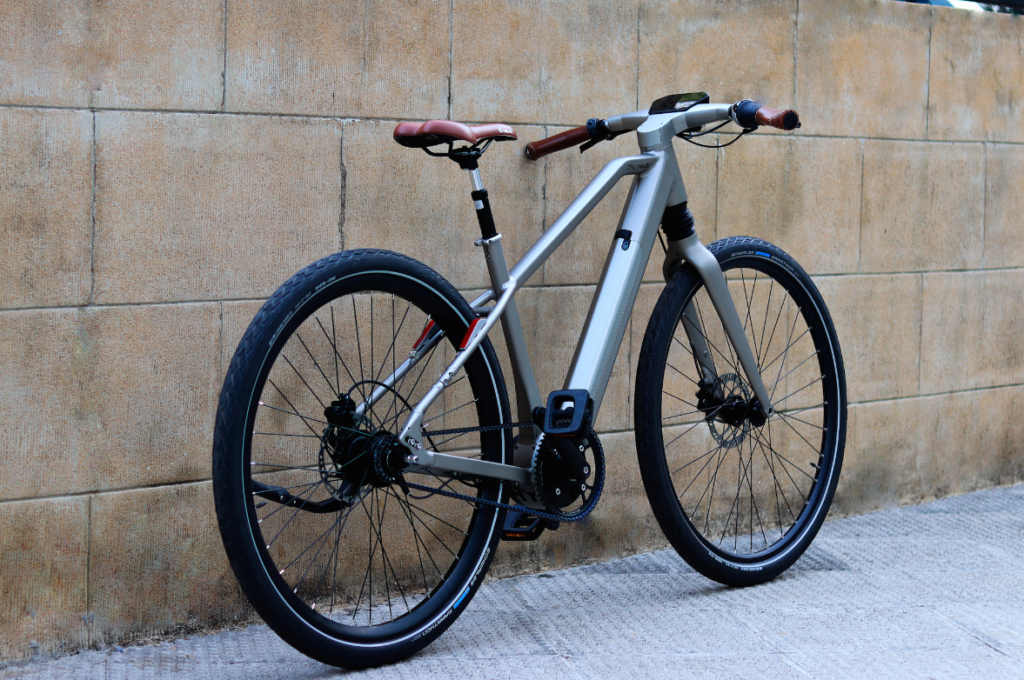
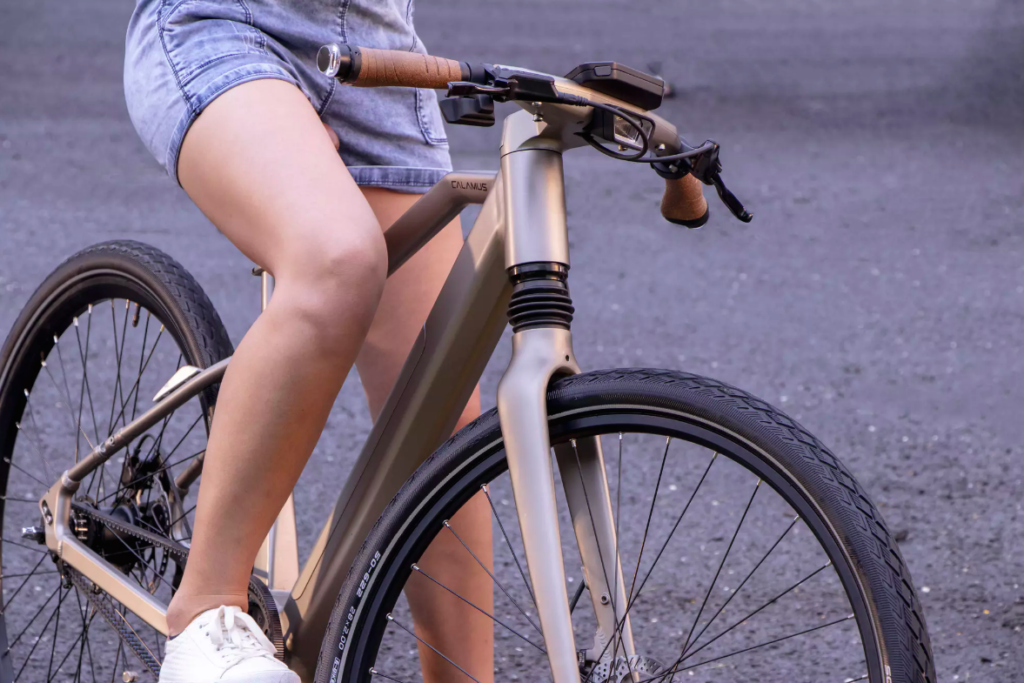
Rizoma Design Challenges Award Mini Ebike First Place
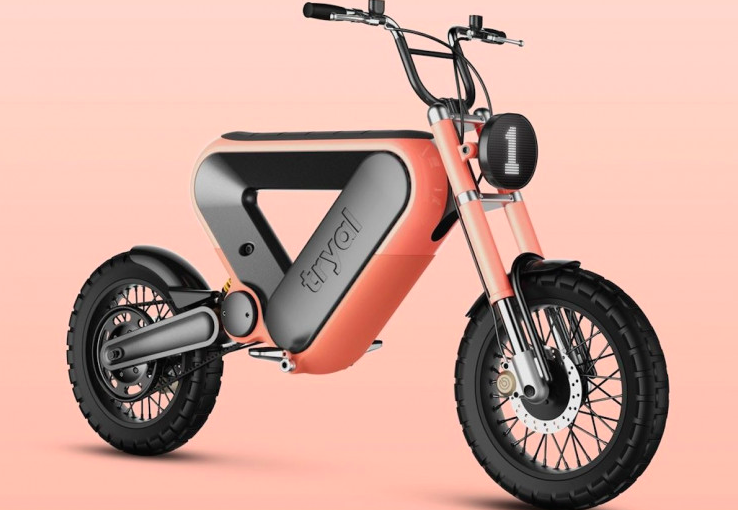
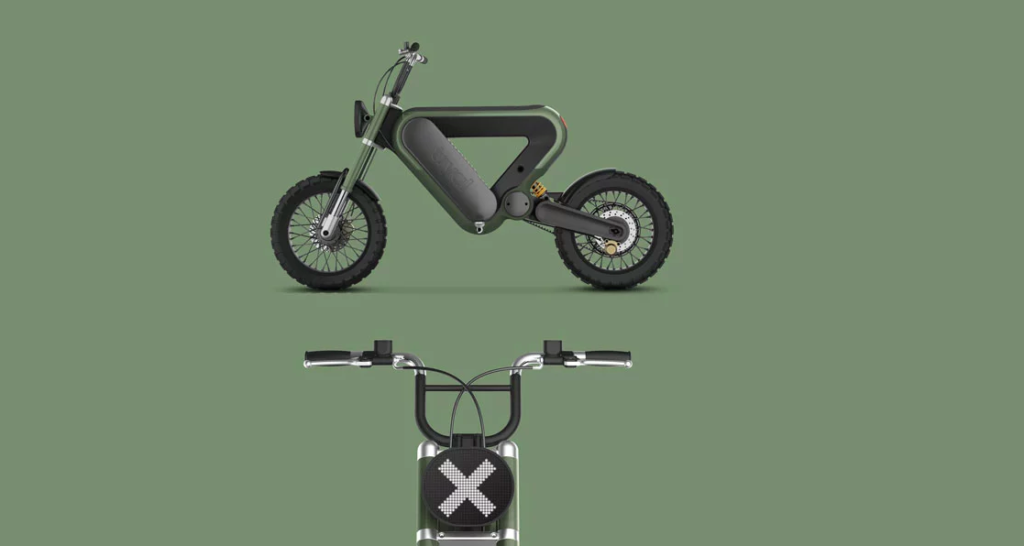
France’s New Woodclad eCruiser
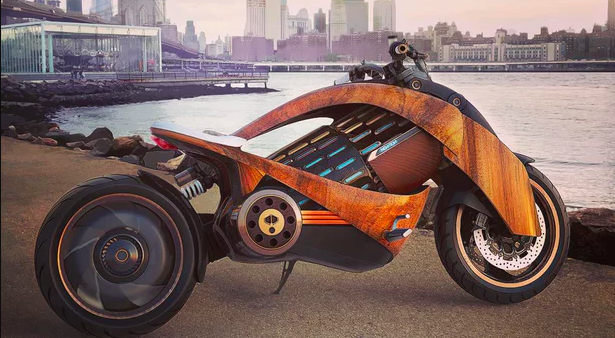
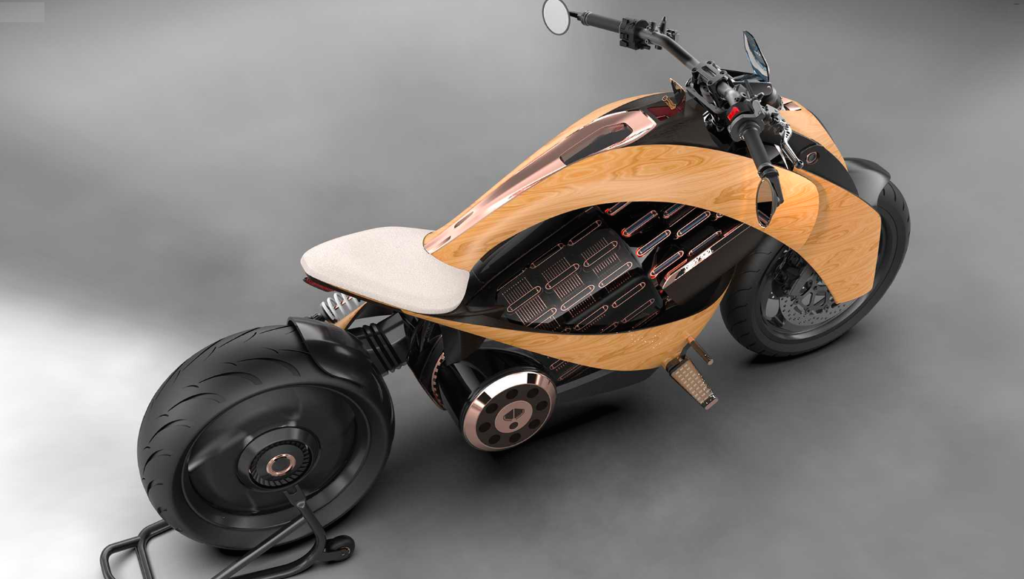
Russia’s Bonkers “Electro Horse” Three-Wheeler
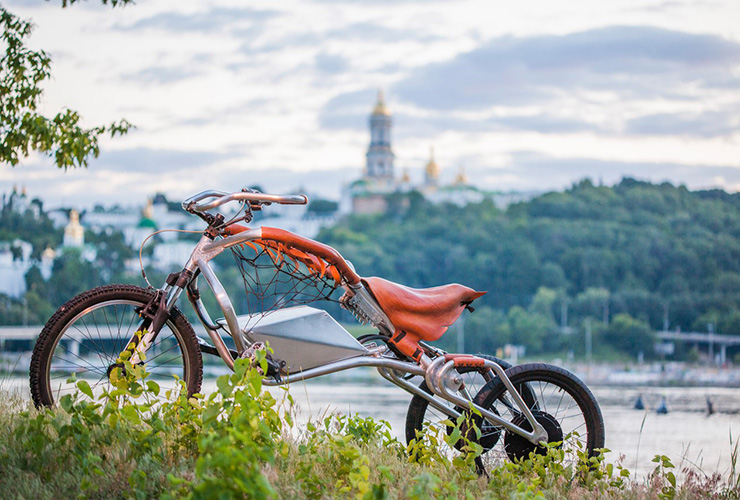
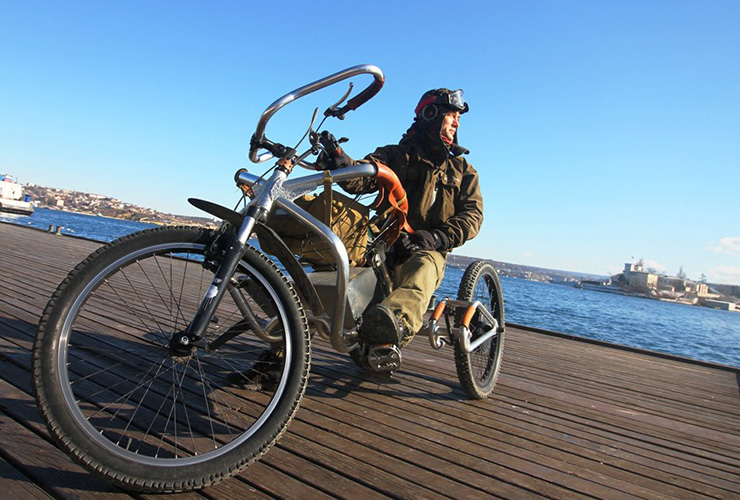
NeuWai Unveils Futuristic Electric Sportbike and Cruiser
